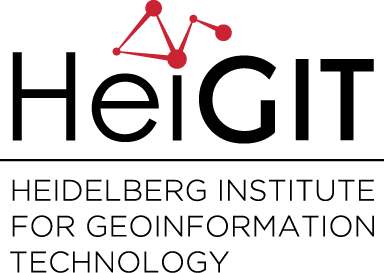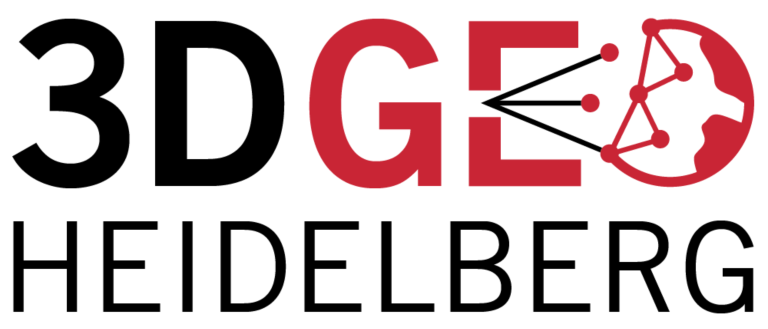Category: Research
-
Press release about our new project 4DEMON
The Heidelberg University reports in a current press release (in German) about our new project 4DEMON: 4D Near Real-Time Environmental Monitoring, which is funded by the highly competitive Junior Professorship Funding Scheme of the Ministry of Science, Research and Arts, Baden-Wuerttemberg.
-
Recent Progress in Automated Cartography at German Cartographers Day at INTERGEO
The German Cartographers Day (Deutscher Kartographentag) is taking place at INTERGEO conference held in Stuttgart this week. We will present an update on recent progress in automated cartography in a talk by Andreas Reimer and Maxim Rylov about our latest improvements in automated label placement, which have been implemented in MapSurfer.NET as published as in OpenMapSurfer.uni-hd.de.…
-
Systematic review of current efforts to quantify the impacts of climate change on undernutrition
Malnutrition is a challenge to the health and productivity of populations and is viewed as one of the five largest adverse health impacts of climate change. Nonetheless, systematic evidence quantifying these impacts is currently limited. Our aim was to assess the scientific evidence base for the impact of climate change on childhood undernutrition (particularly stunting)…
-
Quality Evaluation of OSM with Authoritative Data — a study of Land Use in Southern Germany
Volunteered Geographic Information (VGI) such as data derived from the OpenStreetMap (OSM) project is a popular data source for freely available geographic data. There is frequently a cause of concern regarding the quality and usability of such data. In addition to our former studies (further here) or complementing our OSM in GIScience Book in a…
-
IJGIS Review for OpenStreetMap in GIScience Book
The International Journal of Geographical Information Science (IJGIS) published a first review by Wen Lin at Taylor & Francis Online (DOI: 10.1080/13658816.2015.1077965) about our Springer book on OpenStreetMap in GIScience: experiences, research and applications, edited by Jamal Jokar Arsanjani, Alexander Zipf, Peter Mooney and Marco Helbich (2015, Springer Series: Lecture Notes in Geoinformation and Cartography,…
-
Matching GPS trajectories to street segments – an open source implementation
We would like to inform about a new open source tool that allows matching of GPS trajectories to corresponding street segments. The tool implements a simplified version of the algorithm presented by Zhang et al. (2010). It is a JAVA based implementation and has been put under LGPL license. You can access the source code…
-
ISPRS Innsbruck PhD Summer School of Alpine Research 2015
The first summer school of its kind on Close Range Sensing Techniques in Alpine Terrain took place in Obergurgl, Ötztal Valley, Austria, from July 5 – 11 2015. The event was co-hosted by the ISPRS, the main organizer University of Innsbruck and several other European universities including the GIScience Group of Heidelberg University. More than…
-
GIScience @AGIT/GI Forum conference 2015
Last week members of the GIScience Research Group were attending the AGIT – Symposium and Exhibit for applied Geoinformatics in Salzburg. Beside the interesting welcome note given by Manfred Hauswirth from TU Berlin talking about the impact of Linked Data, the Internet of Things, and Clouds for Geospatial Information Systems, further keynotes and conference talks…
-
Talk ‘3D Geodata – Background and Application’ given at Heidelberg University of Education.
At Thursday, 2nd of July, Martin Hämmerle from the GIScience LiDAR Research Group gave a talk at the Geography colloquium series of the Heidelberg University of Education. Entitled ‘3D Geodata – Background and Application’, the talk introduced basics about 3D geodata and gave a broad overview to research projects of the chair of GIScience. The…


